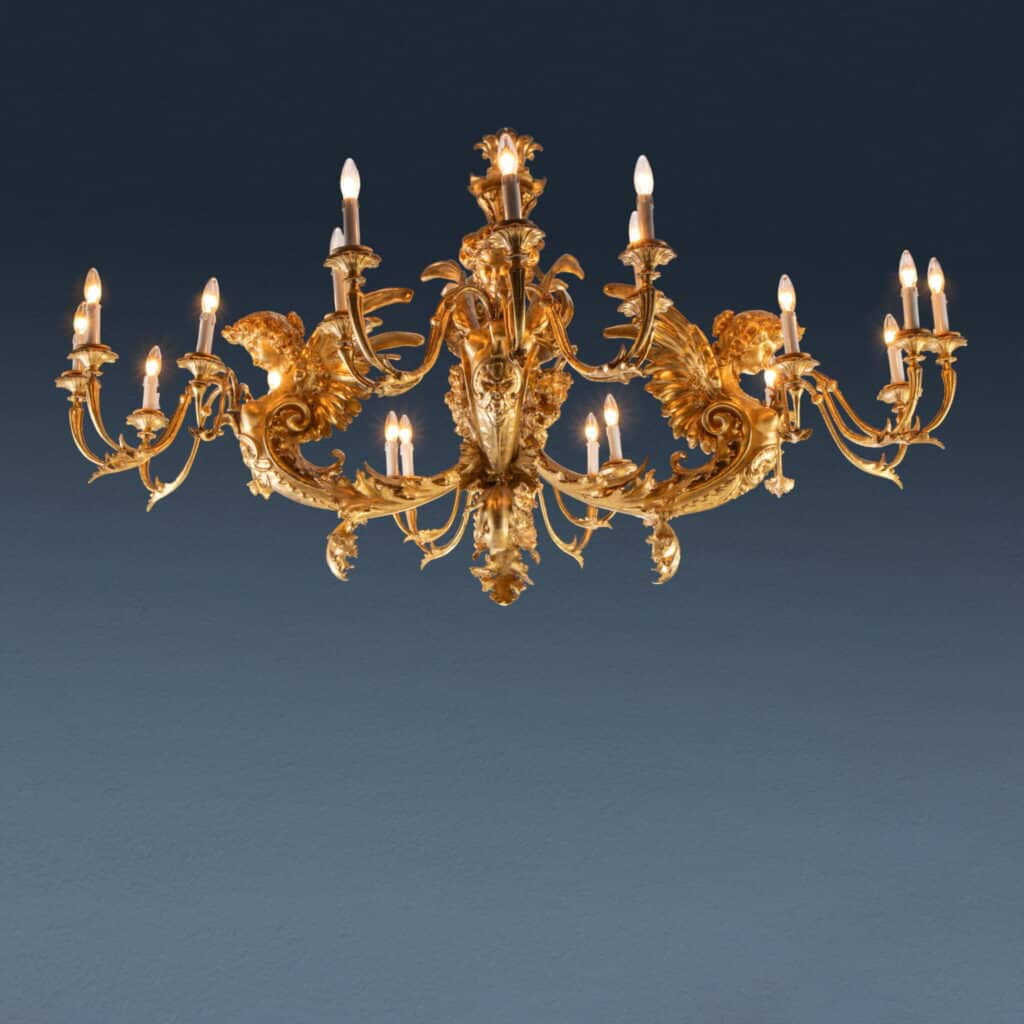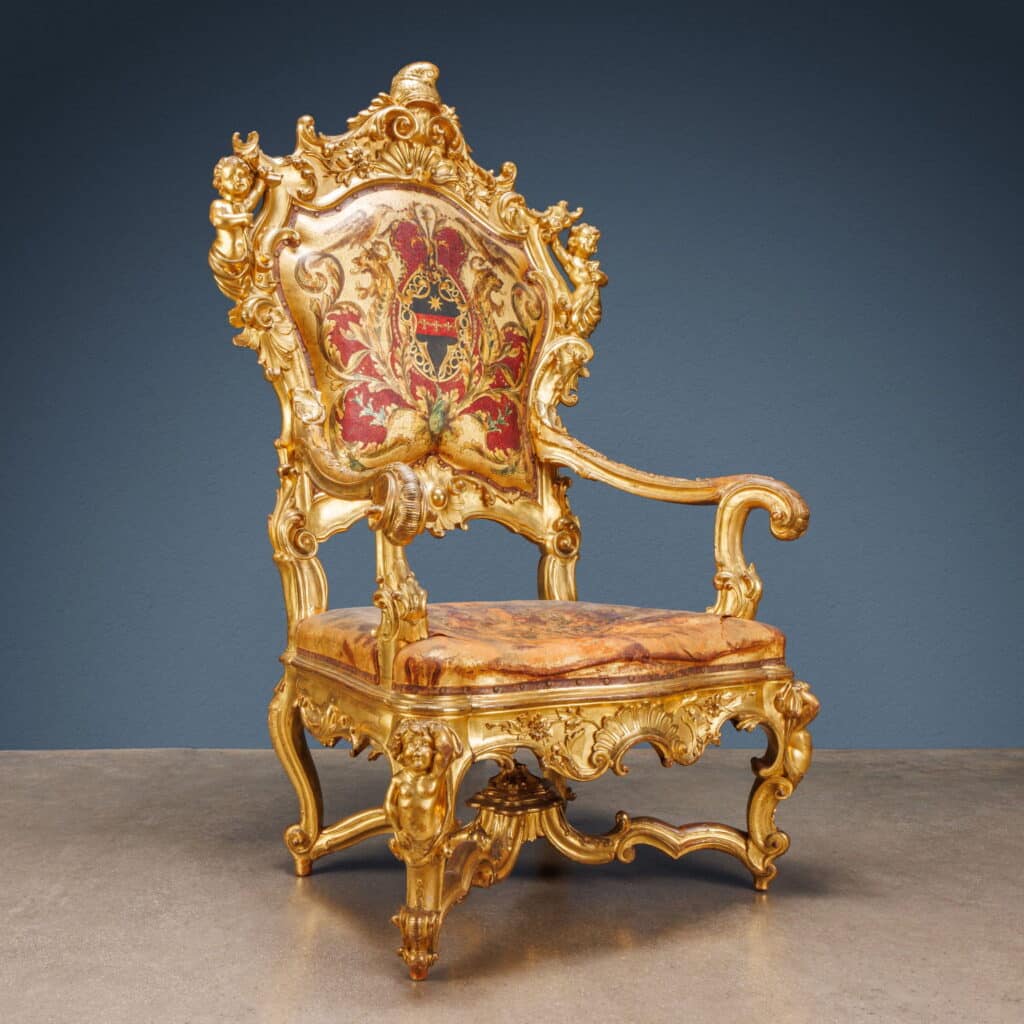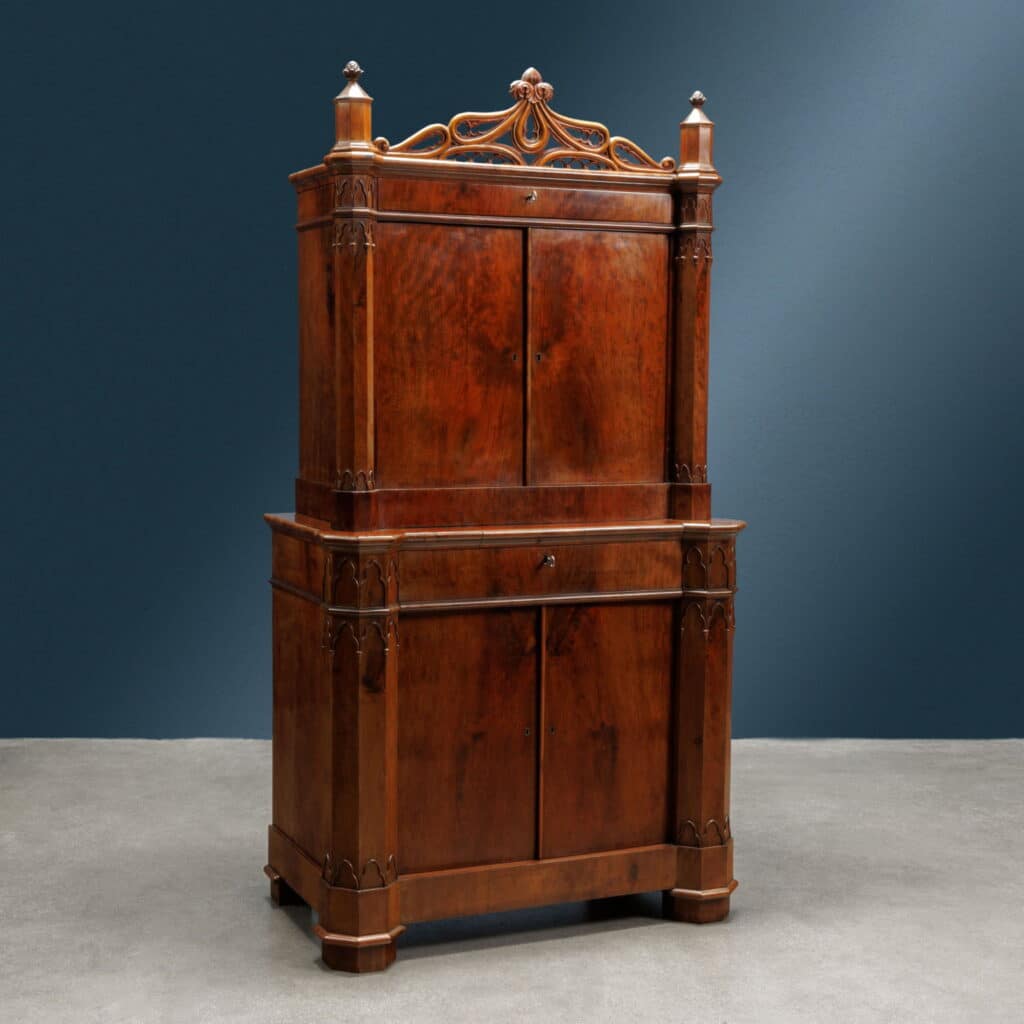Historicism, a new way of reading the past
The upheaval in the social-political balance of the 19th century had considerable repercussions, radically altering what was the hitherto accepted philosophical conception of history.
The changes disrupted the old continent, affecting more or less all nations, including Italy, although still divided into several states. In the present article, we will focus precisely on a brief presentation of the situation in the peninsula.
From an artistic point of view, a change can be appreciated as early as the first decades of the 19th century, which intensified in the second half of the century. Whereas in previous eras it was in fact possible to distinguish distinct currents, which even in some cases looked back to the antiquity of the Greek-Roman world, the second half of the 19th century witnessed a veritable blossoming of revivals. From the point of view of nomenclature, these revivalisms had the prefix neo-, suggesting not only the revival, but also the innovation of which they wanted to be the bearers.
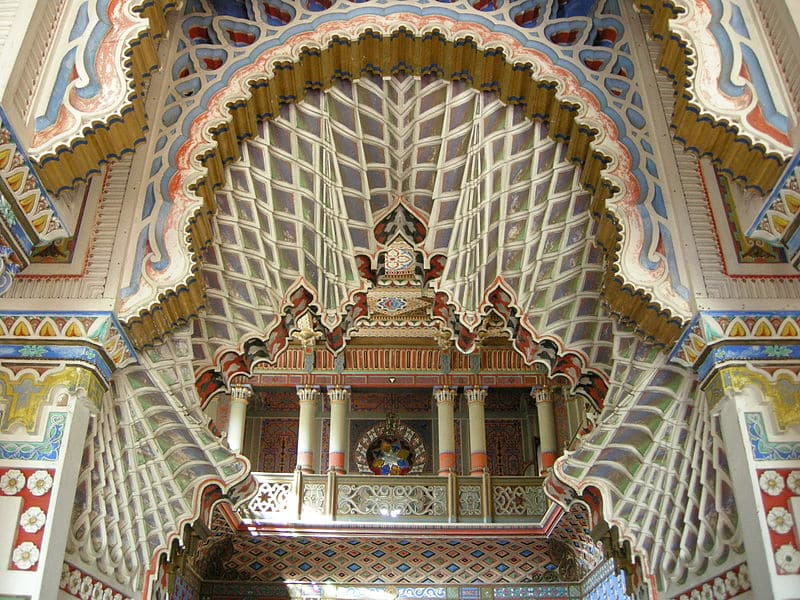
At the end of the 18th century, in fact, Neoclassicism had anticipated this trend, recalling elements of classical antiquity to shape and decorate furniture and furnishings.
he second half of the 19th century was characterised by this very phenomenon: Neo-Gothic, Neo-Romanesque, Neo-Renaissance, Neo-Baroque and Neo-Rococo became the stylistic trends that distinguished this era, co-existing with each other and often merging within single pieces, in this case turning into the style defined as Eclectic, characterised precisely by a mix of stylistic elements taken from different eras. In some cases these were also influenced by the everlasting love of the exotic, with solutions of oriental tastes such as the revival of chinoiserie or neo-Moorish, with a Middle Eastern inspiration
These styles affected the arts across the board: from architecture to furnishing, from painting and sculpture to furnishings. The styles of the past were reproposed, in some cases readapted to types of architecture, furniture and decorations that did not exist.
Hence the birth of imposing double top cupboards, thickly carved with motifs of Renaissance taste and featuring the leaded glass of Gothic cathedrals, or sofas of 19th-century dimensions, but carved and gilded with rich curly decorations of the Baroque era.
Focusing more on furniture, a number of cabinet-makers with their own workshops established themselves in the peninsula at this chronological height, active for both the old nobility and the rising bourgeoisie.
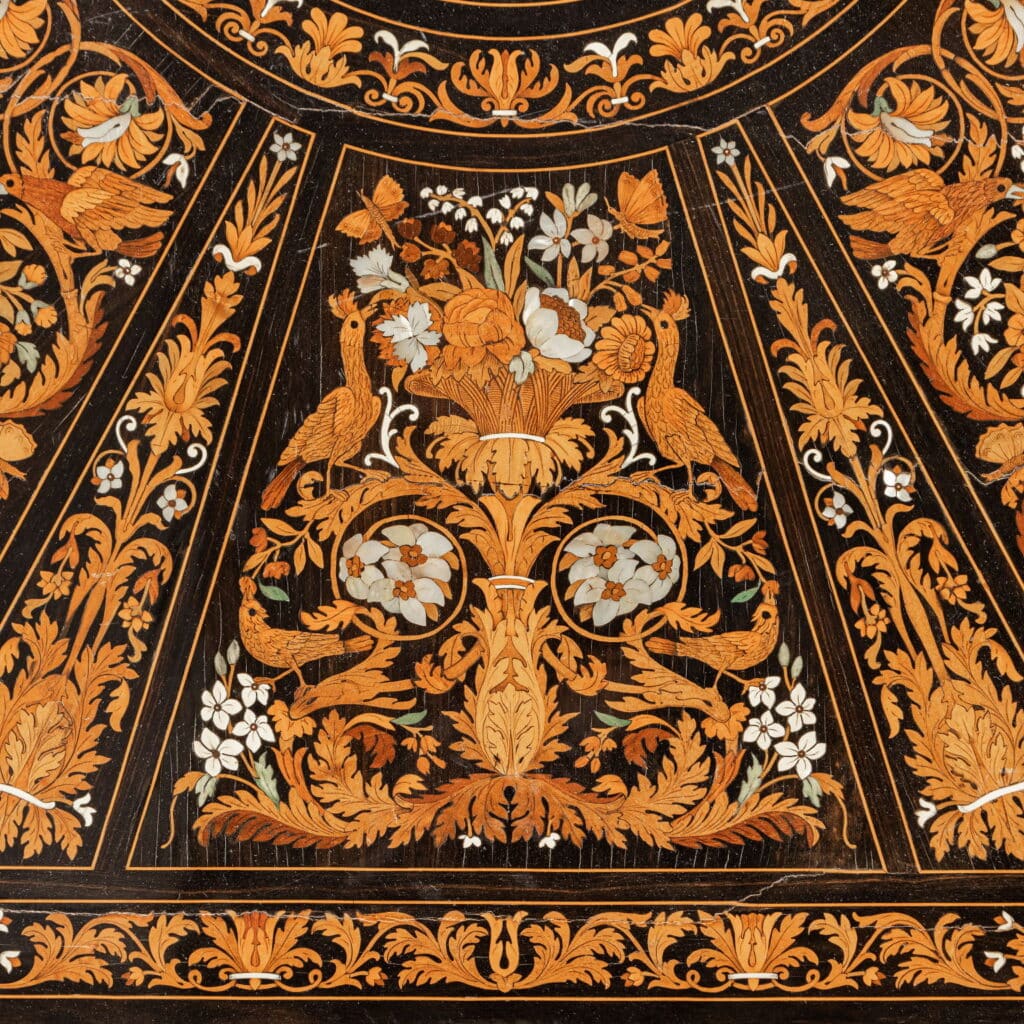
Tuscany, and Florence in particular, was very flourishing in this sector, to name but a few, the workshops of the brothers Luigi and Angiolo Falcini or that of Francesco Morini.
The former, which was very active for the city’s leading families, concentrated its production on the creation of table tops using 17th-century Baroque inlay, with curly leaf motifs. As Alvar González-Palacios states in his book, il Tempio del gusto: ‘… they seem to have been taken from the dominant taste at the court of the last Medici and the ornamental repertoire seems to have
been lifted by weight from the florid calepini used by the mosaic makers or the cabinet-makers led by Leonardo Van der Vinne…’.
Morini headed his Florentine workshop from 1848 to 1899, becoming one of the most important and famous carvers in the city during these years. A study of his production allows us to learn about the carver’s style, characterised by a revival of Renaissance stylistic features in the manner of grotesques, which he reworked with vigorous carvings and gilding in full accordance with the Neo-Baroque eclectic taste characteristic of the period.
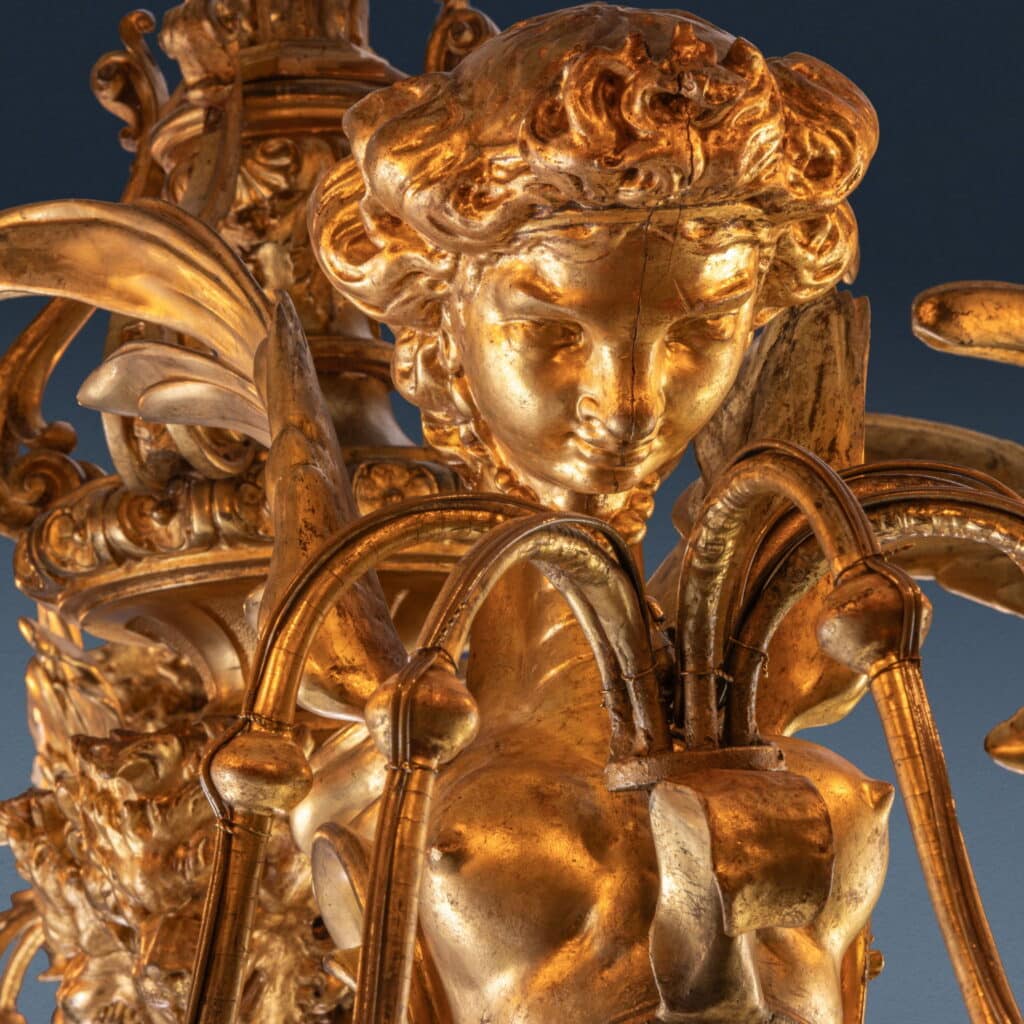
The Veneto region was also very much involved in the revival, with several workshops, often family-run, active for several years. One of the best known was undoubtedly the one run by the Panciera Besarel family in the province of Belluno, founded in the 1760s by Valentino senior, the best-known exponent of which was his great-grandson Valentino junior, who specialised in the creation of representative furniture.
He attended the Accademia di Belle Arti in Venice for a few years and then the Accademia di Belle Arti in Florence, but his real success came with his participation in the First National Exhibition in 1861, where he presented two works inspired by the art of his fellow countryman Andrea Brustolon; six years later,
international recognition also arrived, thanks to his presence at the Universal Exhibition in Paris.
His style is predominantly characterised by a sumptuous reinterpretation of the Baroque, with rich leaf carvings and putti that often open up to exoticism with the presence of Moors clearly derived from his ideal model of reference, Brustolon.
Turin and Genoa were also considerable centres in this respect, with figures such as Gabriele Capello known as Moncalvo and Henry Thomas Peters who, under the direction of Pelagio Palagi, were among the main proponents of the revival of classicism and Gothic taste (see in-depth article “The protagonists of the Savoy Restoration between Piedmont and Liguria”).
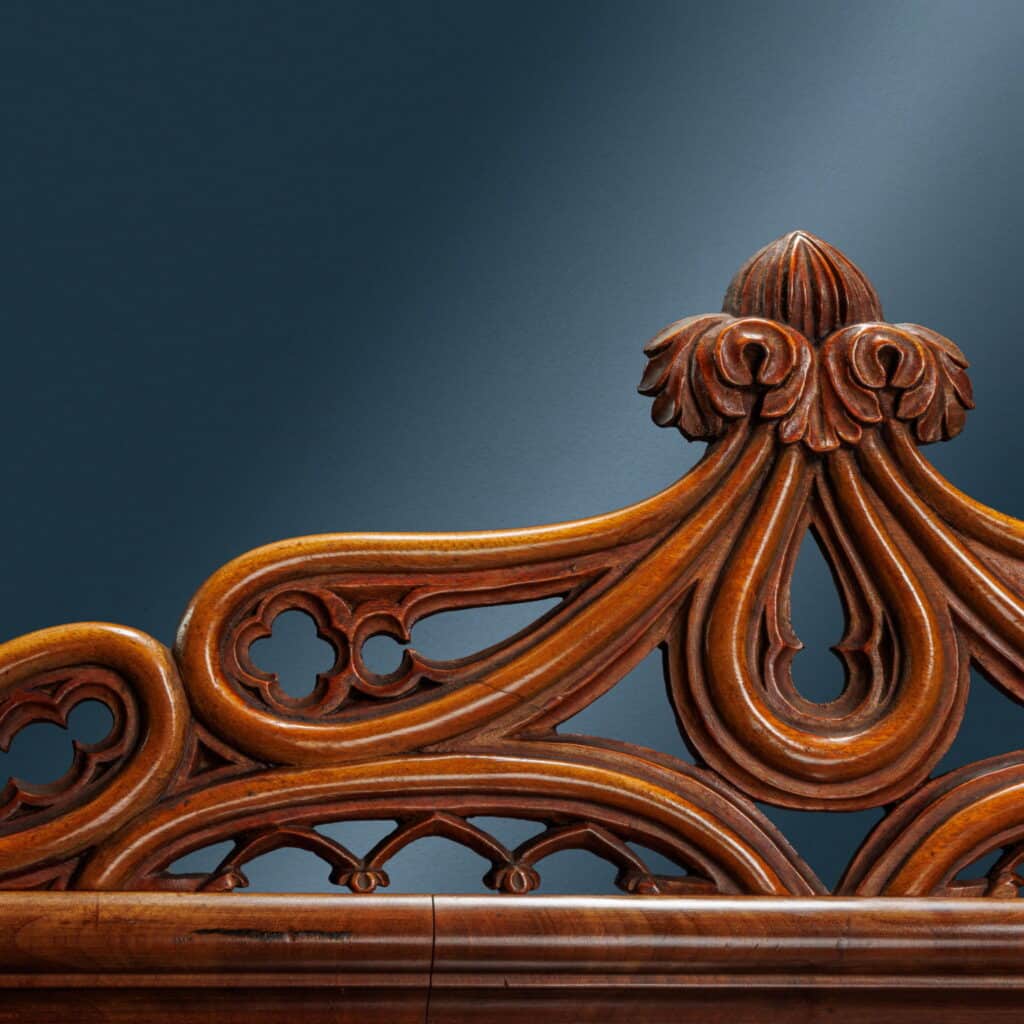
In Lombardy, one of the leading names was Giuseppe Speluzzi (see in-depth article “Giuseppe Speluzzi“), active in Milan for some of the city’s most important commissions.
While his direct commission by the City to create a cabinet as a wedding gift for Queen Margherita of Savoy must undoubtedly be remembered, certainly one of the most famous and considerable engagements was for the nobleman Gian Giacomo Poldi Pezzoli (see in-depth article “Poldi Pezzoli“).
With his return from the exile due to his participation in the insurrectional uprisings of 1848, he went ahead with the refurbishment of the family palace, in full revival style and calling upon some of the leading craftsmen active at the time, under the direction of the artist Giuseppe Bertini.
These included Speluzzi himself, who was active in the palace’s Sala Nera (Black Room), dedicated to the Neo-Renaissance of Nordic taste, built to house the Flemish polyptych and so called because of the ebony covering of the walls and ceiling, unfortunately destroyed by Allied bombing in 1943.

Here Speluzzi made the remarkable doors, characterised by metal hinges that turn into real decorative elements. But the craftsman was also the author of furnishings to be placed in other rooms of the palace, such as the shelves, consoles and Neo-Baroque chairs for the Yellow Room, executed between 1870 and 1876, and other Neo-Renaissance chairs.
These in particular, presumably made to a design by Bertini, demonstrate the fortunate partnership between the two: high quality materials and workmanship, the
shapes and decorative motifs demonstrate not only Speluzzi’s great craftsmanship, but also stylistic innovation, with atilistic motifs that somehow seem to anticipate Carlo Bugatti’s more avant-garde Art Nouveau.
On the other hand, this was precisely the merit of fine historicism, not merely re-proposing the past in a static manner, but transforming and re-elaborating it according to more contemporary tastes and needs.






